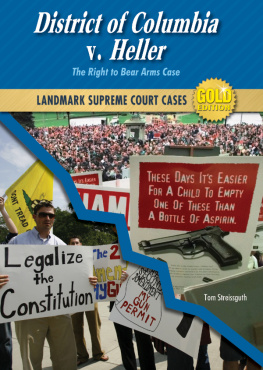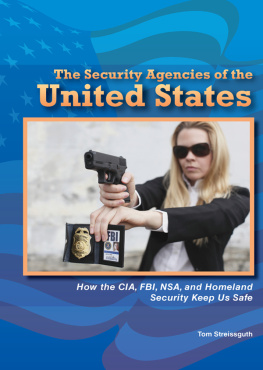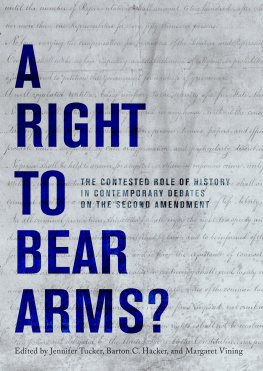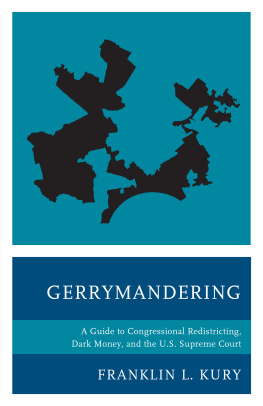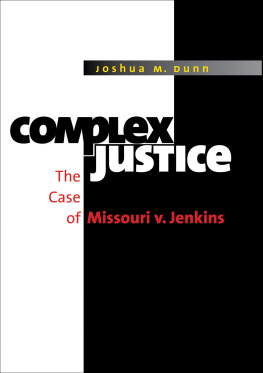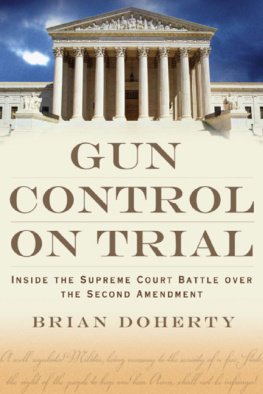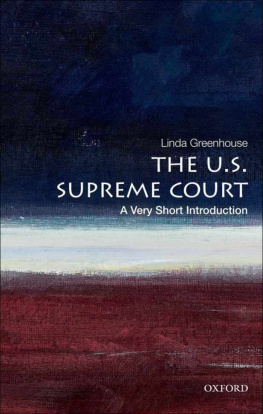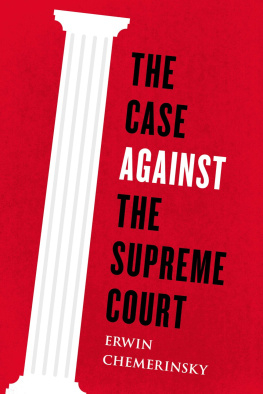The Right to Bear Arms
On June 26, 2008, the Supreme Court announced its decision in the case of District of Columbia v. Heller. By a vote of 5 to 4, the court struck down a ban on guns as a violation of the Second Amendment. Still, the debate rages on. Does a private citizen still have the right to own a gun for self-defense of the home? Did the government have the right to restrict an entire class of weapons, either by levying taxes or banning them altogether? Tom Streissguth looks at all of the sides of this complex and controversial legal debate.
About the Author
Tom Streissguth has written more than fifty books for young readers. His recent projects include a series of Internet articles on ancient Rome and colonial America for The History Channel. He currently lives in Minnesota, where he works freelance for several childrens and educational publishers.

Image Credit: Library of Congress
Notorious rival gangsters Al Capone (pictured here) and George Bugs Moran wreaked havoc on the streets of Chicago in the 1920s and 30s with their bloody turf wars.
On the cold morning of February 14, 1929St. Valentines Dayfour men approached the front entrance of the SMC Cartage Company on Chicagos North Side. Underneath their topcoats, the men were carrying heavy machine guns. One of them had a sawed-off shotgun. They were professional hit men, hired by Chicagos top mobster, Al Capone, to carry out a killing.
The group burst into the garage, surprising seven men gathered there. Posing as police officers, the four intruders ordered the seven to stand against a whitewashed brick wall. Then they opened fire. The garage filled with a terrible, thundering noise.
The seven victims, all but one of whom belonged to the North Sides Bugs Moran gang, slumped to the floor. All of them were dead or dying. The killers walked calmly out of the garage, climbed into two automobiles, and drove away. Within minutes, the howling of a dog could be heard from within the garage. The animal had crawled under a car for safety. The sound quickly brought passersby to the scene of the St. Valentines Day Massacre.
Although there were witnesses to these events, the police never solved the murders. The following years brought a wave of bank robberies, more gangland slayings, and the deaths of innocent bystanders caught in the cross fire. Outraged by the bloody killings, the press and the public called for new laws to control gangsters and their deadly weapons. There were few laws on the books, and the federal government had never passed a gun-control law.
In 1934, Congress took action, passing the National Firearms Act (NFA). Anyone owning a sawed-off shotgun or a machine gun had to register the weapon with the Internal Revenue Service (IRS), a division of the Treasury Department. They had to pay a registration tax of two hundred dollars. They were then granted a license. If they wanted to sell the weapon, they would have to pay the tax again.
Congress picked these weapons because bank robbers and gangsters favored them. They gave the user a deadly advantage over local police forces, which used single-shot revolvers. A sawed-off shotgun was easy to conceal and move from place to place. It was an easy weapon to sneak into a bank (there were no metal detectors in the 1930s). Machine guns were a hazard to innocent bystanders. They sprayed dozens of bullets in a few seconds, over a wide range of fire.

Image Credit: Photos.com
Sawed-off shotguns were easy to conceal, so they were popular with criminals. The National Firearms Act of 1934 imposed a tax on such weapons as sawed-off shotguns and machine guns to make them expensive to own.
Lawmakers believed something had to be done about these weapons. The National Firearms Act (NFA)was the result. It was the first federal law to control gun ownership. Since the Constitution had been ratified, Congress had never passed such a law. Lawmakers had always believed the Constitution did not grant Congress the power to regulate guns nationwide. Only individual states had that authority. By the Constition, powers not specifically delegated to Congress are reserved to the states.
During the Depression, however, the power of the federal government was expanding. The economic emergency inspired new federal laws. Still, the Second Amendment to the Constitution stood in the way of an outright ban on guns. To work around the amendment, lawmakers were relying on the constitutional power of the government to raise taxes and to regulate commerce between the states.
This applied to the NFA as well as many other laws. Congress passed the NFA not as a prohibition on guns but as a measure to raise revenue (the registration tax) for the federal government. In this view, making it expensive to own a weapon would limit the use of these weapons by criminals.
Over the next few years, the Treasury Department and the FBI used the NFA to chase down bank robbers and gangsters. On April 18, 1938, in Siloam Springs, Arkansas, treasury agents arrested Jack Miller and Frank Layton. They were small-time moonshiners, who made and sold illegal liquor (often at night, by the light of the moon). Miller and Layton were traveling between Oklahoma and Arkansas at the time. By the law, they were taking part in interstate commerce.
The agents searched the car and confiscated a twelve-gauge Stevens shotgun, which had its barrel sawed off. Miller and Layton did not have a license for the weapon. The federal government charged them with transporting an untaxed, federally controlled weapon across state lines.
The case went to the U.S. District Court in Fort Smith, Arkansas, where Judge Heartsill Ragon presided. Although Miller and Layton tried to plead guilty, Ragon refused to allow the plea. Instead, he appointed a defense lawyer for Miller and Layton.
Not only was the NFA unconstitutional, Gutensohn argued, but only states had the power to levy taxes on goods and services. (The federal government already collected taxes on income.) By collecting taxes on guns, the federal government was exceeding its authority.
Judge Ragon agreed and threw out the case. The federal government then made a second charge against Miller and Layton for transporting an unregistered gun across state lines. Ragon again acquitted Miller and Layton of violating the NFA. The lawyers representing the federal government appealed the decision to the Supreme Court, the highest court in the land.
The justices of the Supreme Court heard the case of United States v. Miller on March 30, 1939. Lawyers for the federal government appeared before the court to make their case. Gutensohn, who had earned no money from his work on the case, decided not to spend the time and money necessary to prepare himself and travel to Washington to appear at the hearing. Layton had been dismissed from the case. (Soon after the hearing, Miller was shot and killed by a person or persons unknown near Chelsea, Oklahoma.)
Unopposed, the government lawyers made their argument supporting the NFA. Their first point was that the Treasury Department had the authority to collect revenue authorized by Congress. Second, the sawed-off shotgun in the possession of Jack Miller was not a militia weapon. Miller did not belong to an organized state militia, nor had he ever served in the military. Therefore, the Second Amendment did not protect his right to own the weapon.

